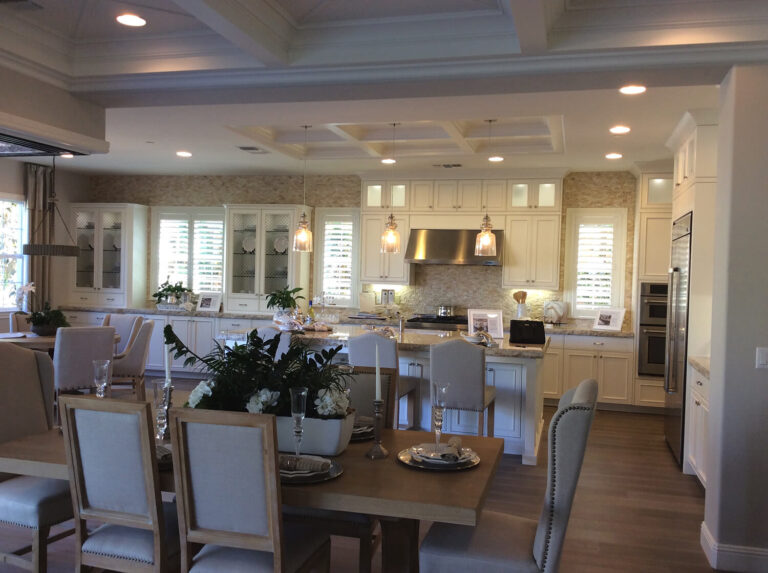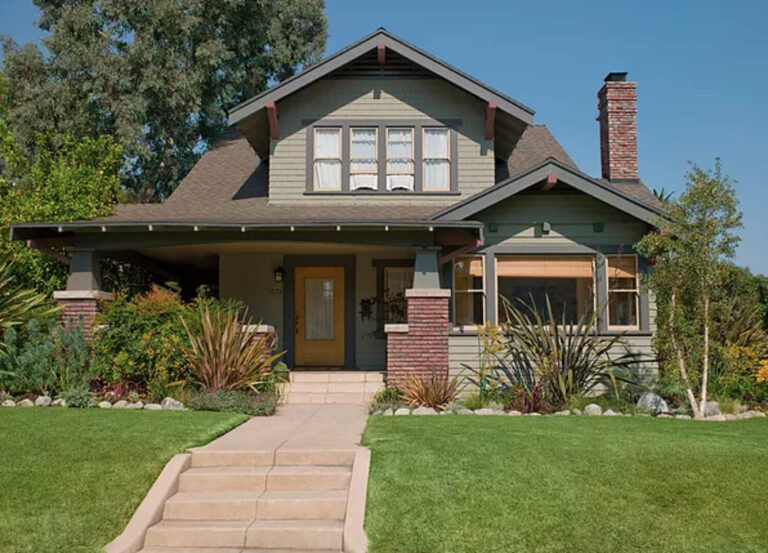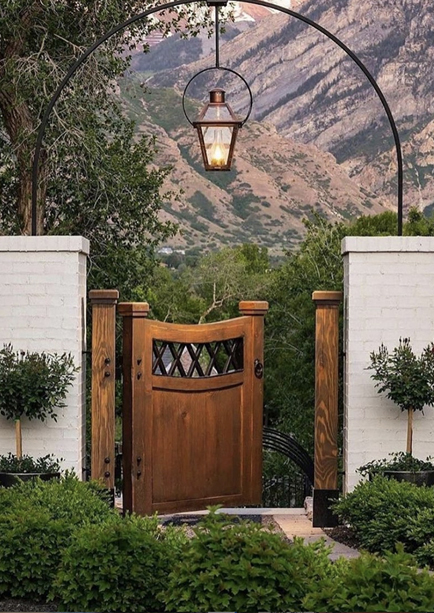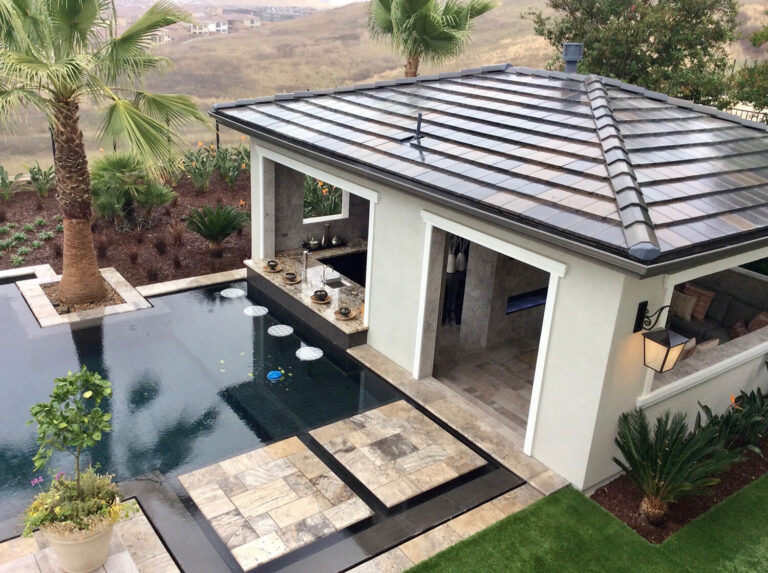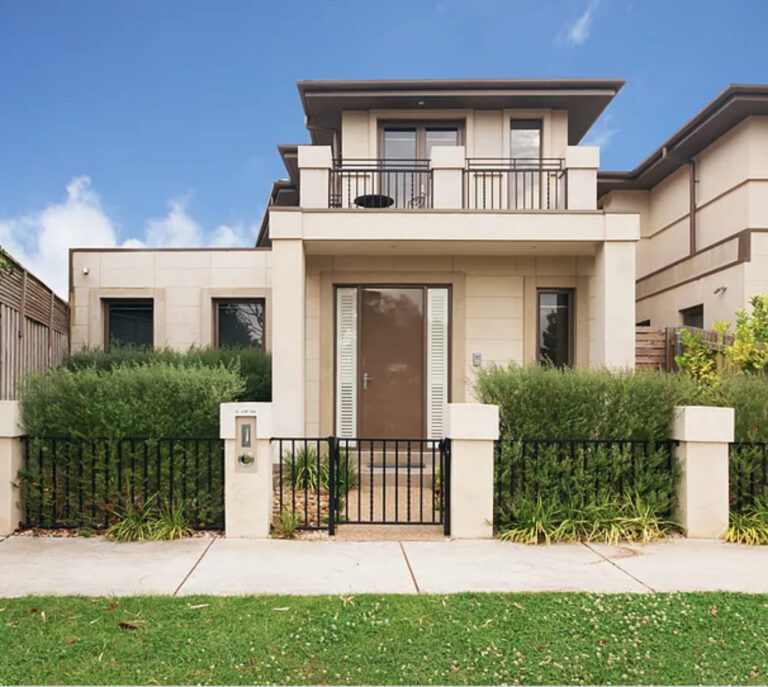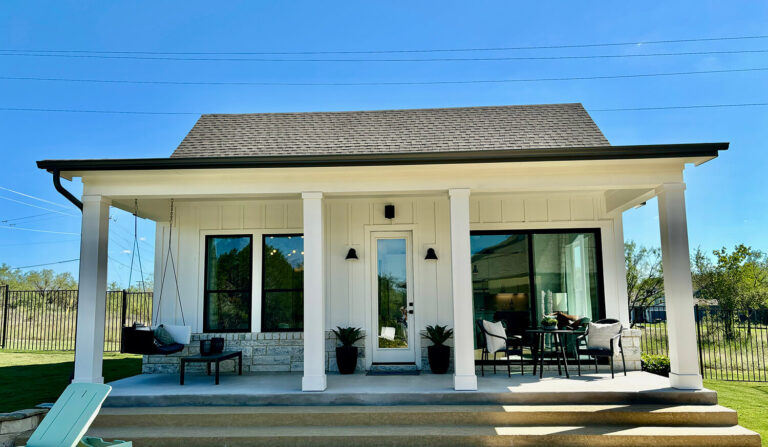The Custom Home Building Process in Austin
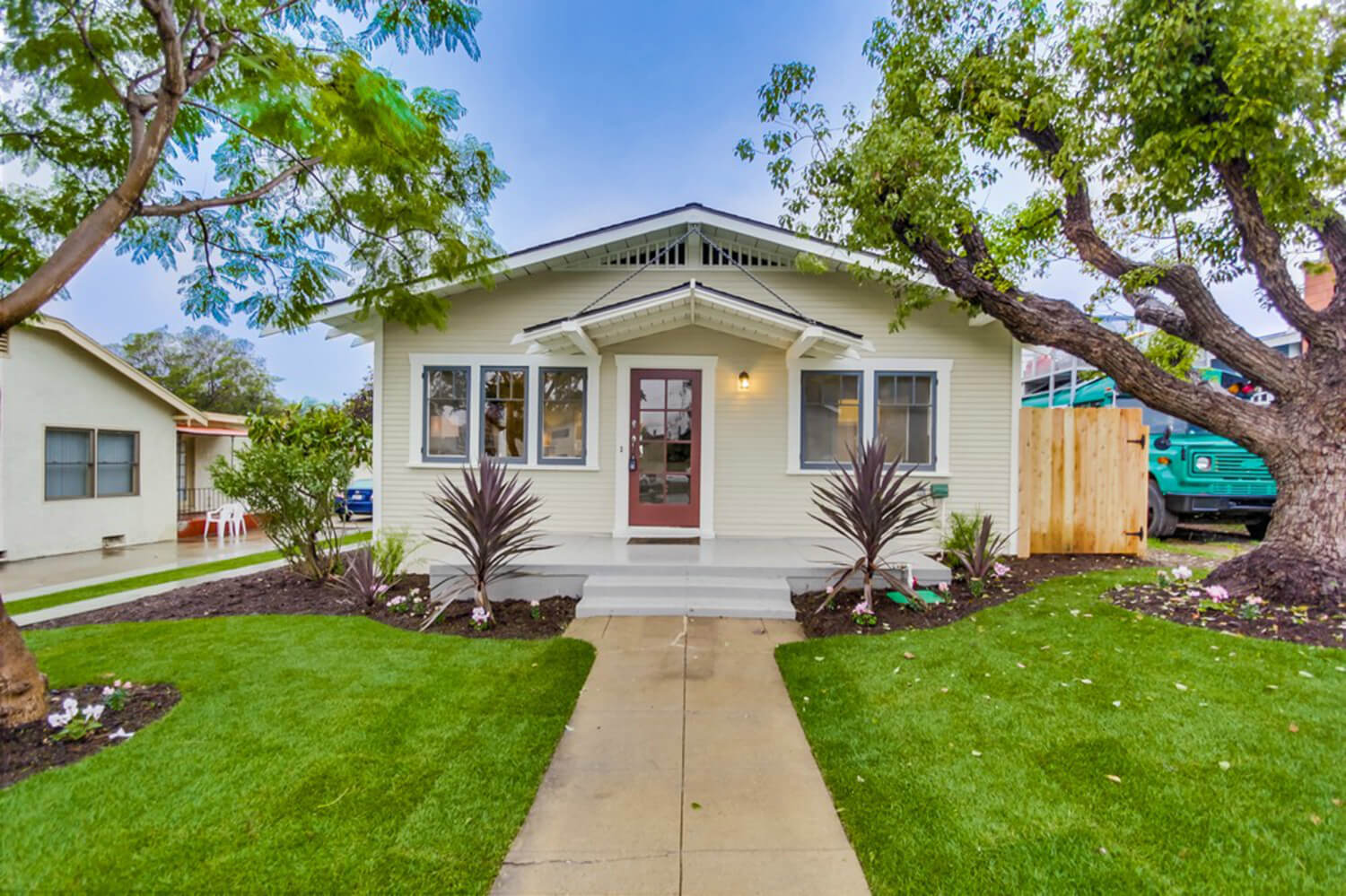
A Step-by-Step Guide to Building a Custom Home in Austin, Texas
Building a custom home in Austin is an exciting and rewarding experience, but it requires careful planning and an understanding of the unique characteristics of the area. From choosing the right lot to incorporating eco-friendly features that align with Austin’s sustainability goals, this guide will walk you through the process of building a home tailored to your needs.
1. Initial Consultation & Budgeting
- Discuss design ideas, sustainability goals, and budget.
- Identify key features such as solar energy, smart home integration, and energy-efficient insulation.
- Austin’s real estate market is competitive, and land prices vary depending on location. Areas like Westlake, Tarrytown, and Zilker tend to be more expensive, while developing regions like Manor and Buda offer more affordable options.
2. Selecting a Lot
- Consider Austin-specific factors like flood zones, soil conditions, and city building codes.
- Choose a location that fits your lifestyle, whether it’s urban, suburban, or near greenbelt areas.
- Austin’s unique geography, with rolling hills, limestone-heavy soil, and creeks, means that some lots may require additional foundation work or drainage solutions.
- Be mindful of tree preservation ordinances—Austin has strict regulations protecting heritage trees, which may affect home placement.
3. Design Phase
- Work with an architect to create blueprints and floor plans that reflect Austin’s modern, farmhouse, or contemporary architectural styles.
- Choose materials like reclaimed wood, non-toxic paints, and high-efficiency HVAC systems to align with Austin’s commitment to green living.
- Consider Austin’s hot summers and occasional freezes when designing insulation, roofing, and energy-efficient cooling solutions.
- Many custom homes in Austin integrate indoor-outdoor living spaces with large patios, rooftop terraces, and native landscaping to take advantage of the mild winters and beautiful Hill Country views.
4. Permitting & Approval
- Submit designs to the City of Austin for approval.
- Ensure compliance with local zoning laws, including height restrictions and neighborhood association guidelines.
- Austin’s permitting process can take longer in certain areas, especially if your lot is within an environmental protection zone, such as near Barton Springs or the Edwards Aquifer recharge zone.
- If building near downtown or historic districts, additional approvals may be required for aesthetic consistency.
5. Construction Phase
- Site preparation and foundation laying. Austin’s rocky terrain may require extra excavation work, particularly in areas like the Hill Country or Steiner Ranch.
- Structural work, electrical, plumbing, and finishing touches.
- Incorporate water conservation measures, such as rainwater collection systems, which are popular in Austin due to frequent drought conditions.
- Many new homes in Austin opt for solar panel installations, which can qualify homeowners for local tax incentives and rebates.
6. Final Walkthrough & Move-In
- Conduct inspections to ensure the home meets Austin’s building codes.
- Test all energy-efficient features and smart home integrations.
- Make final adjustments before moving in.
- Many homeowners in Austin choose to install EV charging stations in their garages, as electric vehicle adoption continues to rise in the city.
Why Choose Green Brick Builders?
At Green Brick Builders, we understand the local regulations, environmental factors, and architectural trends that make Austin unique. Whether you’re building in South Austin, the tech corridors of North Austin, or the peaceful outskirts of Dripping Springs, we specialize in designing custom, sustainable homes that fit the landscape and lifestyle of the area.
If you’re ready to build a home that blends modern luxury with eco-conscious living, contact us today!


